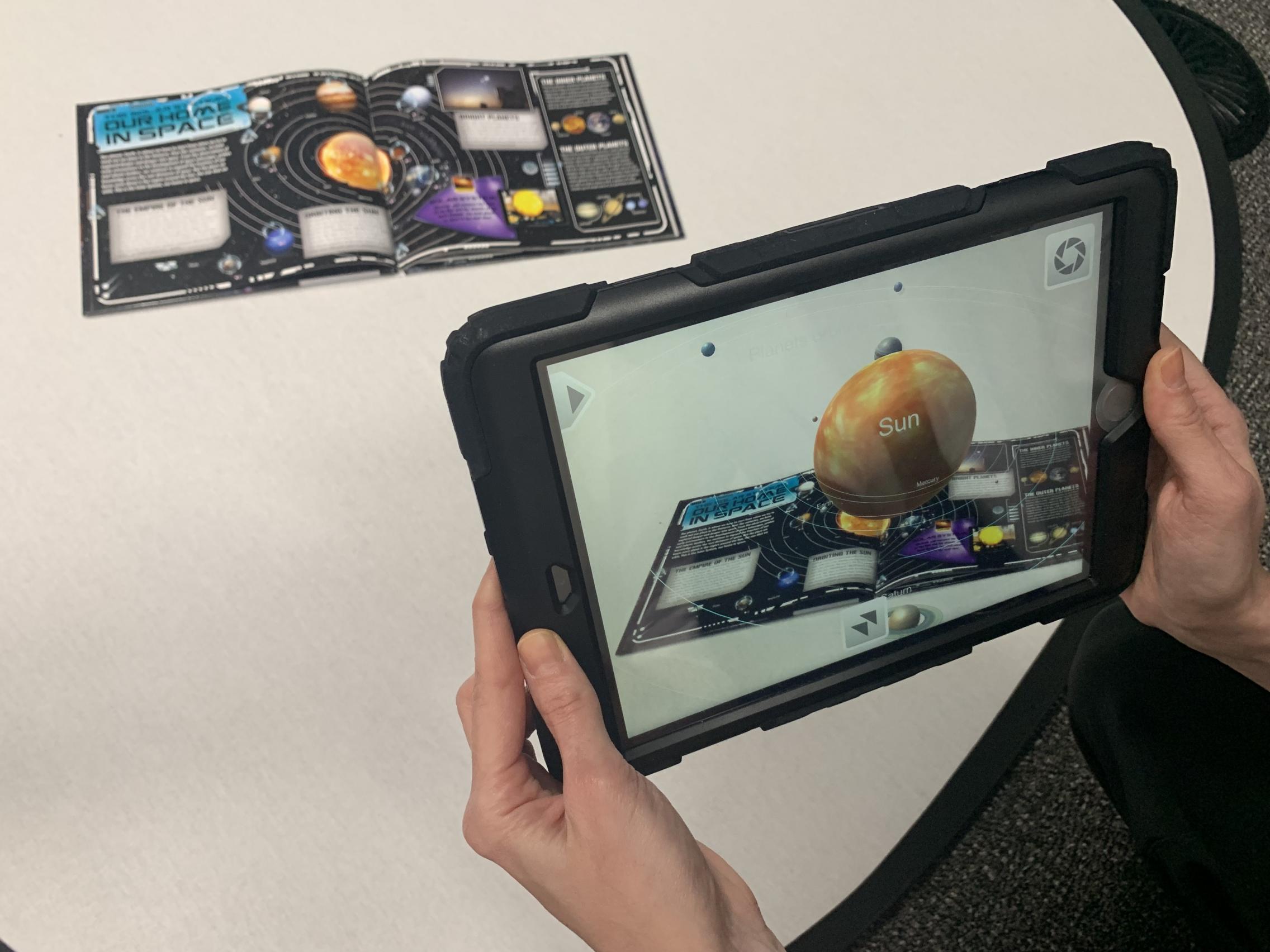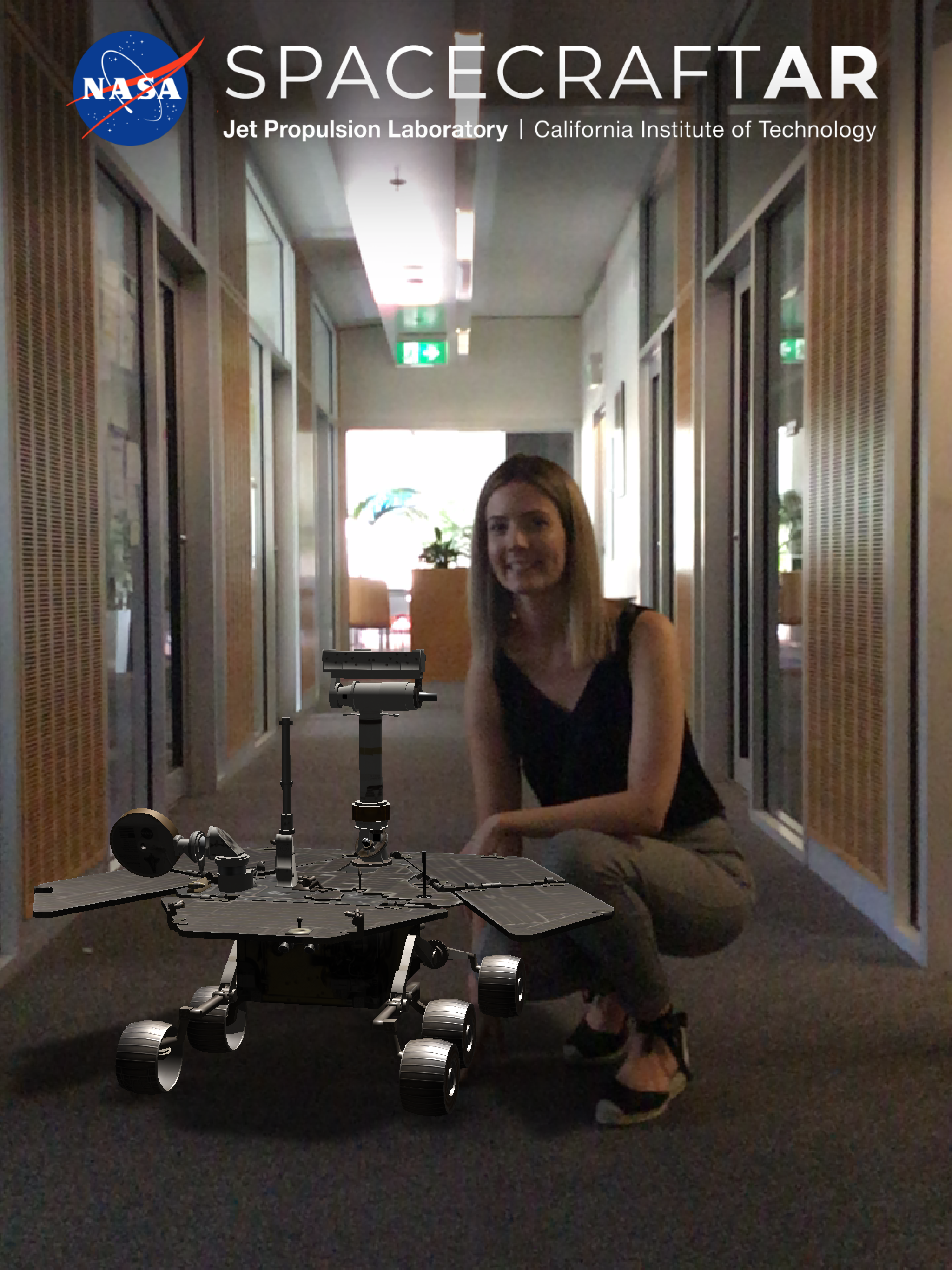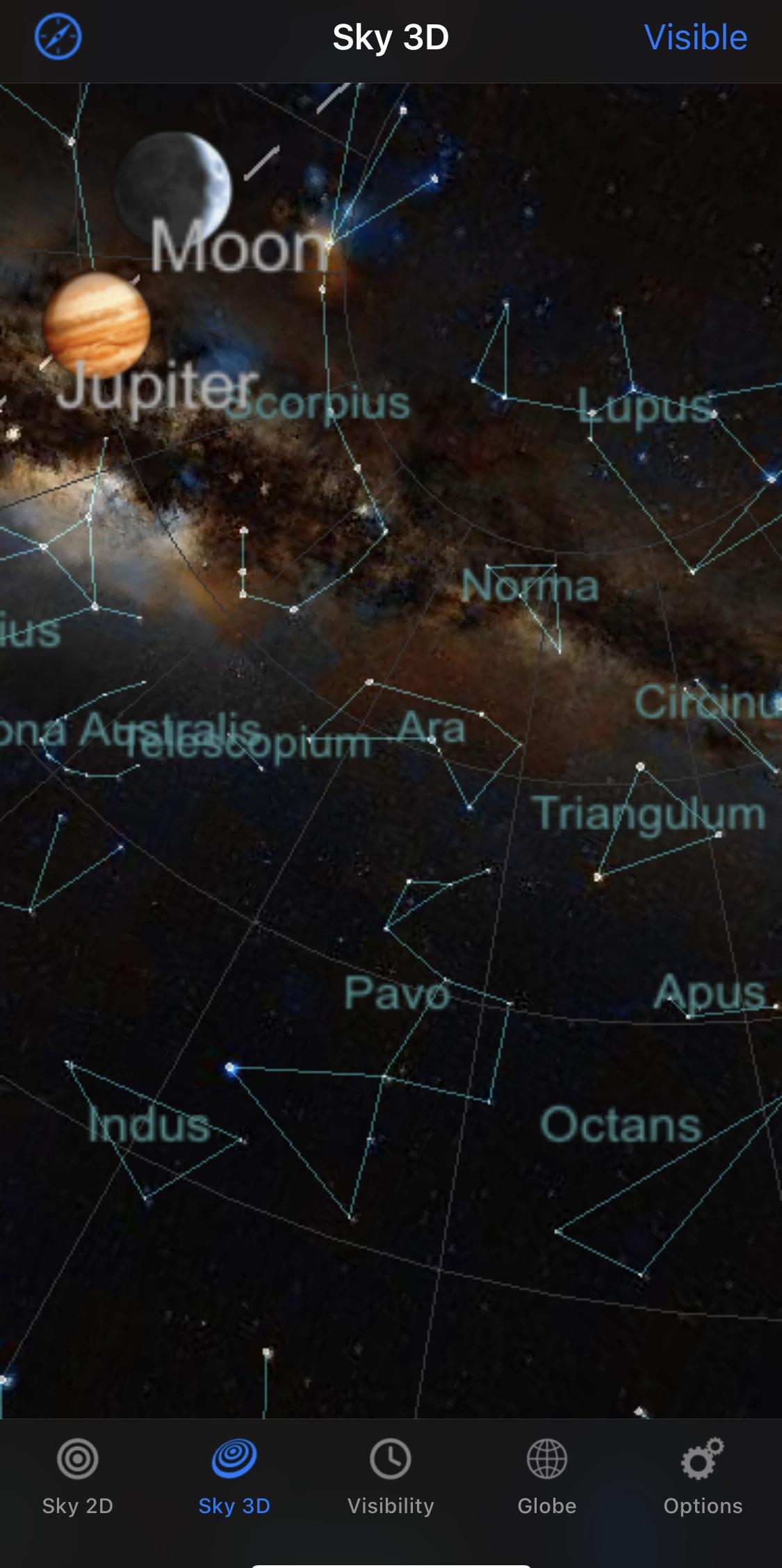Celebrating Space Week with New AI, AR & VR Lending Library Kits!
Emerging technologies have made it possible for us to visit places, have experiences and see things up close and personal that we might have not ever have had the chance to encounter before. As the world launches into Space Week (4th-10th of October), we are thrilled to announce the launch of our new Lending Library Kits for Artificial Intelligence (AI), Virtual Reality (VR) and Augmented Reality (AR).

These emerging technologies have the capacity to transport students into space, to see where astronauts work and live. As an example, a VR experience can immerse students in the experience of a spacewalk on the International Space Station (ISS) looking down in wonder over Earth. Students can inspect the ISS environment that astronauts lived in, learning about objects, the functioning and layout and points of interest within the ship. They can experience what it is like to navigate, move and interact with objects on-board. This embodied experience brings students that little bit closer to what astronauts experience and their constraints, as well as the ability to closely inspect the engineering and operation of such an amazing spaceship.
Teachers can take their class on an embodied Virtual Tour of the Solar System using technology like Google Expeditions. On the journey, students can see planets up close and navigate the layout of the Solar System. Teachers can pose questions that prompt students to observe, inquire and question what they can see and to engage what they know. Through the experience, students can learn information about the planets as they feel themselves standing amongst these objects in 3D.

Emerging technologies can bring fascinating space objects to life from the pages of books or on posters right before students’ very eyes. For example, students can see the solar system in 3D from a Space AR book. Not only can they walk around the 3D solar system but they can see the planets move around the Sun. Teachers can ask: Which planet is the fastest? Which is the slowest? How many trips does Earth complete in comparison to Jupiter? Another example is technology such as the AstroReality solar systems. These are hand-painted models created using 3D printing technology. Students can use an app to bring these planets to life, using AI search queries to learn about the planets they are holding and using the app software to zoom in and point to various locations on the planets, inspiring projects where students research and design different planets with a combination of physical objects and AR technology. This does not replace what students see using other forms of media, such as video or 2D books, rather, it offers a new perspective-- a new way of seeing and understanding relationships between objects in the Solar System and the workings of how our Solar System operates. It allows them to view the content in an interactive manner, to zoom in and out, to inspect, question and compare.
NASA’s Spacecraft AR technology can bring a life-size Mars Rover right onto the classroom floor so they can inspect the technology. Teachers can prompt students to think about parts and features they can see and hypothesise. They can walk right up to the Rover and take a photo to compare their own size against the technology. What is often something thought of in a distant planet or seen through images is now standing as an object right next to them. Students can compare different NASA technologies and how they are used for different purposes. Such technology experiences can springboard into a lesson in which students design their own Rover technology for Australia’s future mission and create it using a range of options - such as with 3D printing, AR, VR, craft materials or simply through pen to paper.

AR apps, driven with AI technology using real-time data, enable students to use their phone or tablet’s screens and sensors to experience an augmented reality view of the sky. These apps allow students to use their device as a viewfinder to identify and track stars, planets and constellations and view information about selected objects, planets, and satellites. The beauty is that these apps can be used whether it be day or night. With such technology, students are not just hearing or reading about astronomy and planets, but they can see where these objects are located in the night sky. The digital overlay does not replace an authentic viewing experience, rather it provides a scaffold to help students find objects in the sky (or see where they should be located) and through an AR digital layer, students can also learn real-time information about what they are seeing.
We have showcased a few brilliant examples of AR, AI and VR for Space education but students can also create their own Space content, engaging them as not only consumers but creators of emerging technologies. Using platforms and tools, students can create their own AR space artefacts and VR immersive space experiences that teach others about space-based. Our Lending Library lesson plans support not only experiences with AI, AR and VR but how to implement content creation activities in the classroom.
These technologies aren’t about replacing other modes of learning or student content creation but provide opportunities to complement and augment Science from a new perspective. They provide a different medium for which students can bring their ideas and knowledge to life, and in doing so develop digital and computational thinking skills for jobs of the future.

Emerging technologies can spark curiosity, wonder and excitement. With the Australian Government announcing the new Australian Space Agency last year and now a $150 million investment to collaborate with NASA on space exploration. At the University of Adelaide, we have also announced our very own new Space Centre! What better time to try these amazing technologies to not only engage those who have a passion for space and technology but to also reach students who may discover a new interest in Space and Science through alternative learning experiences.
Following on from the release of the Australian Department of Education and Training report into AI and Emerging Technology in Schools, we are excited to announce that they have provided CSER funding to expand the free national Lending Library to include a range of new AI, AR and VR Kits! Each kit contains equipment with free lesson plans and supporting resources. If you are as fascinated by some of these Space Education technologies as we are, please visit our Lending Library page to see what is on offer and to register your interest. We also have a new MOOC about Teaching Artificial Intelligence in primary and secondary classrooms with exciting classroom activities that introduce cutting-edge technologies.
If you enjoyed this blog post, subscribe to our regular eNewsletter to learn about future CSER updates and free resources!
